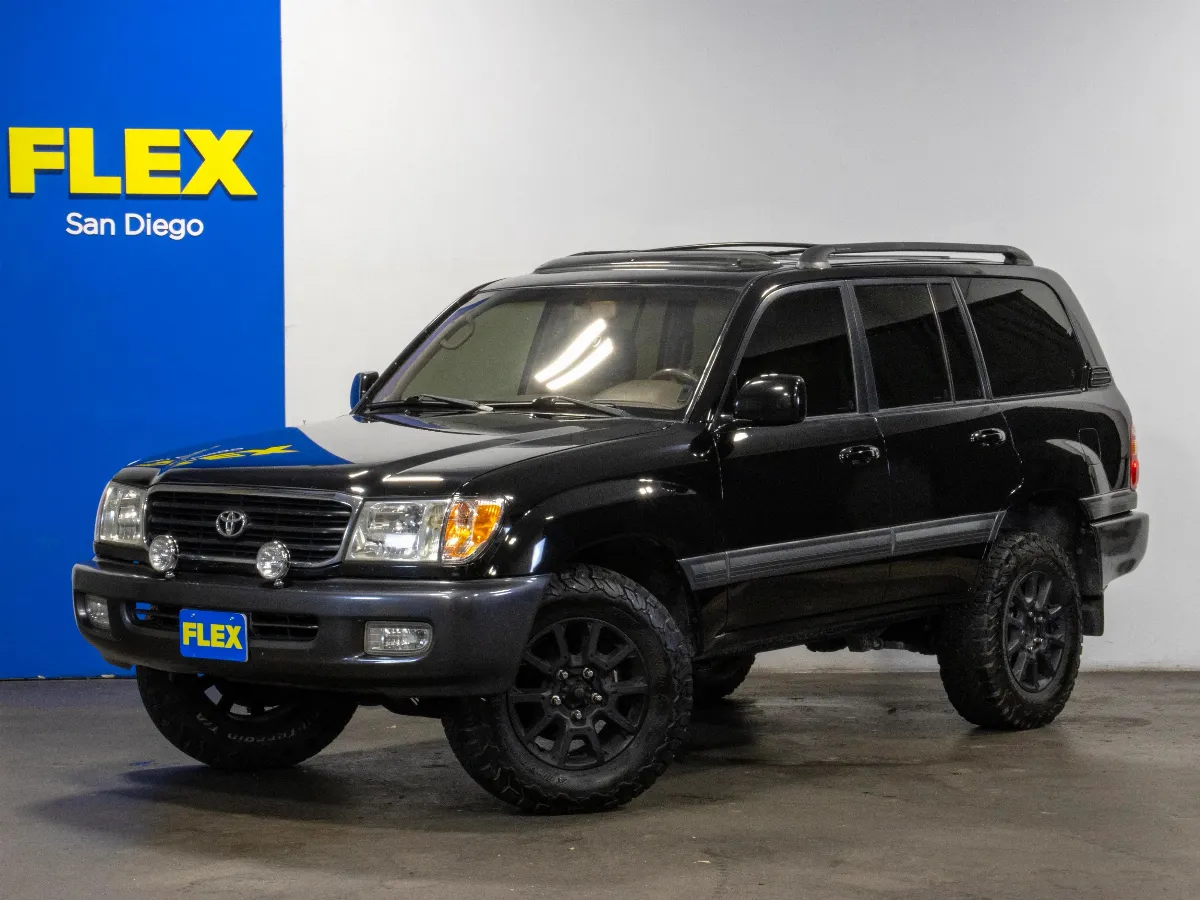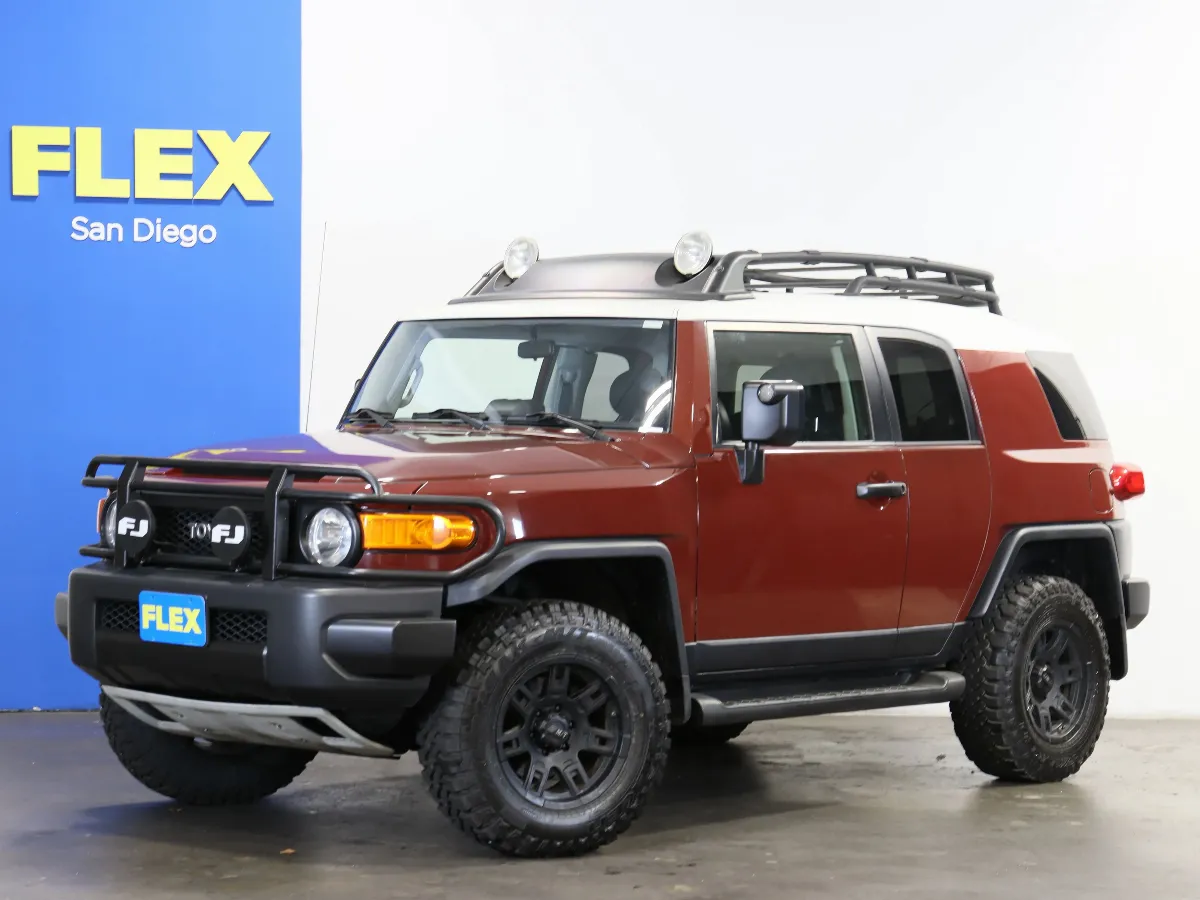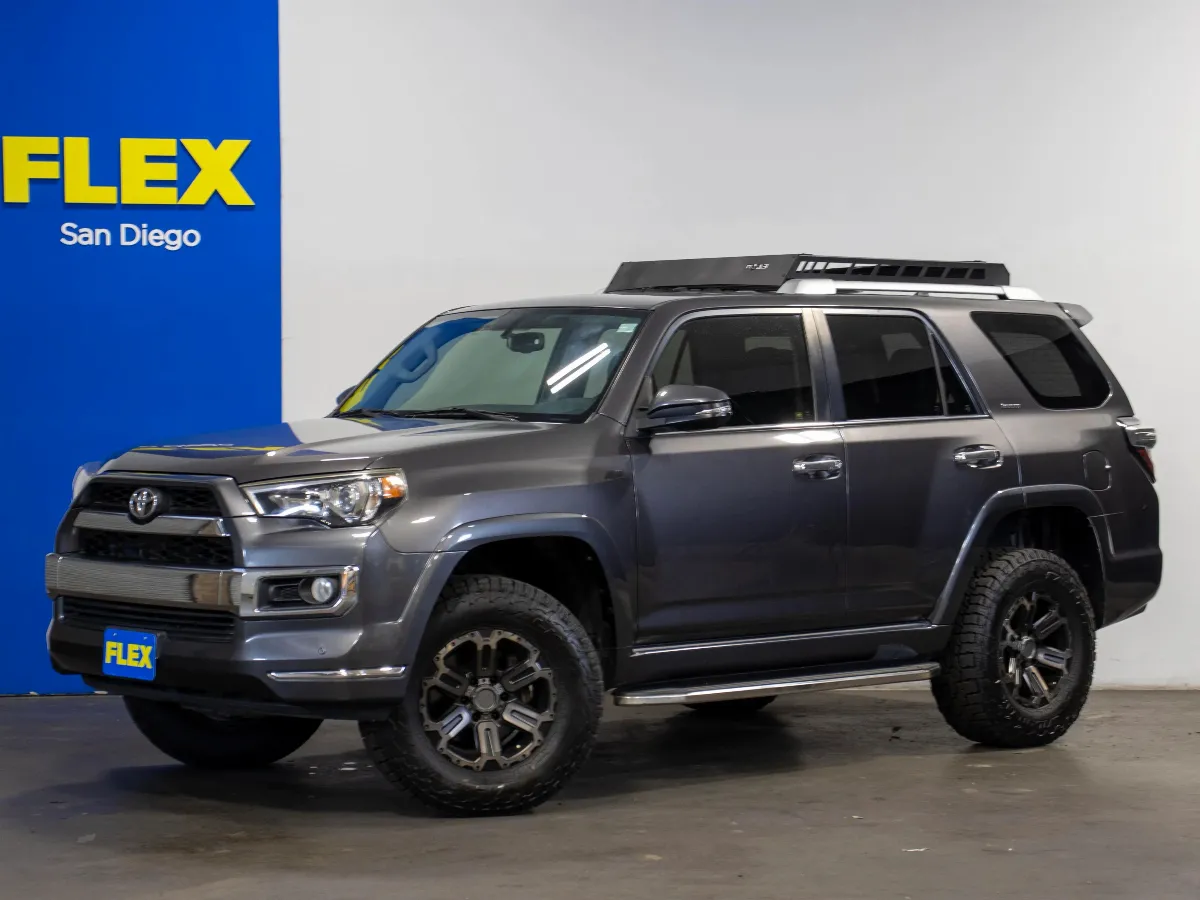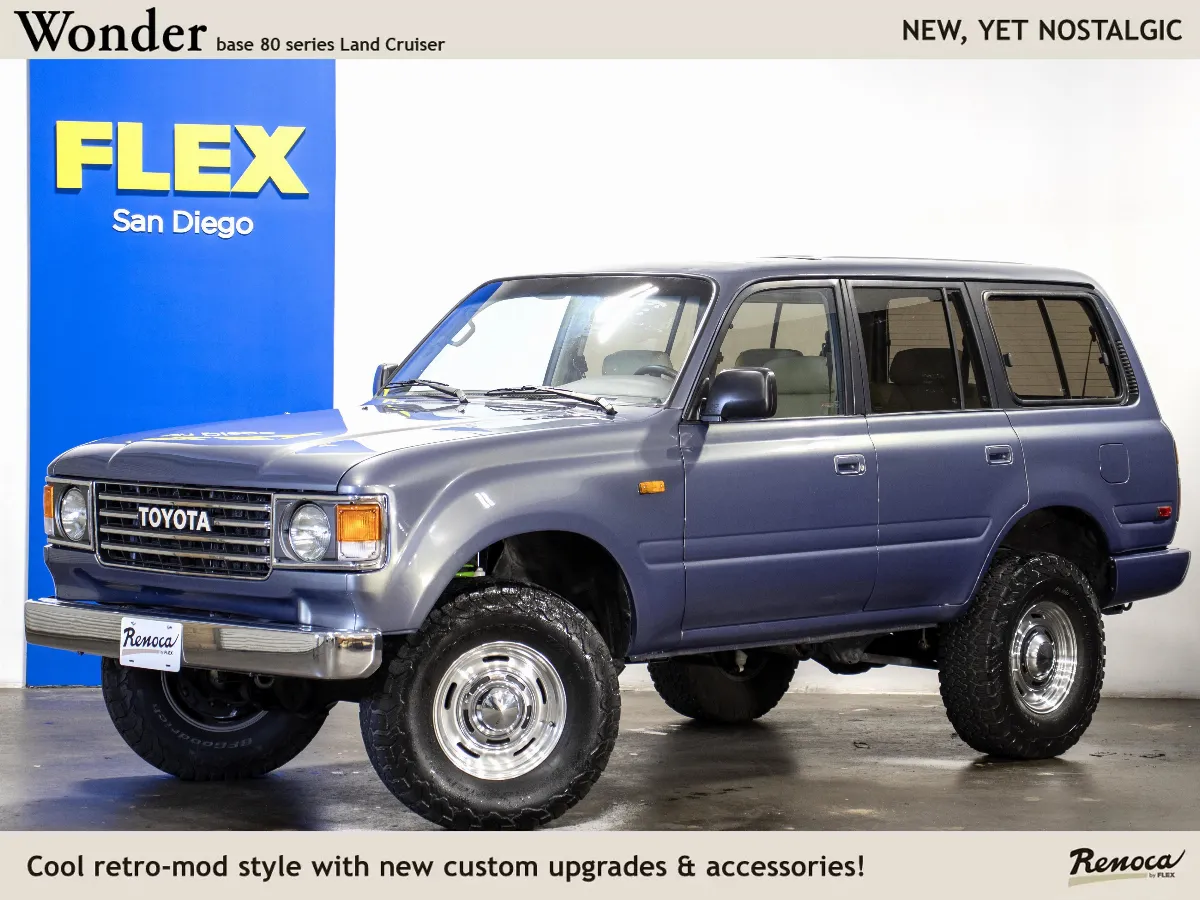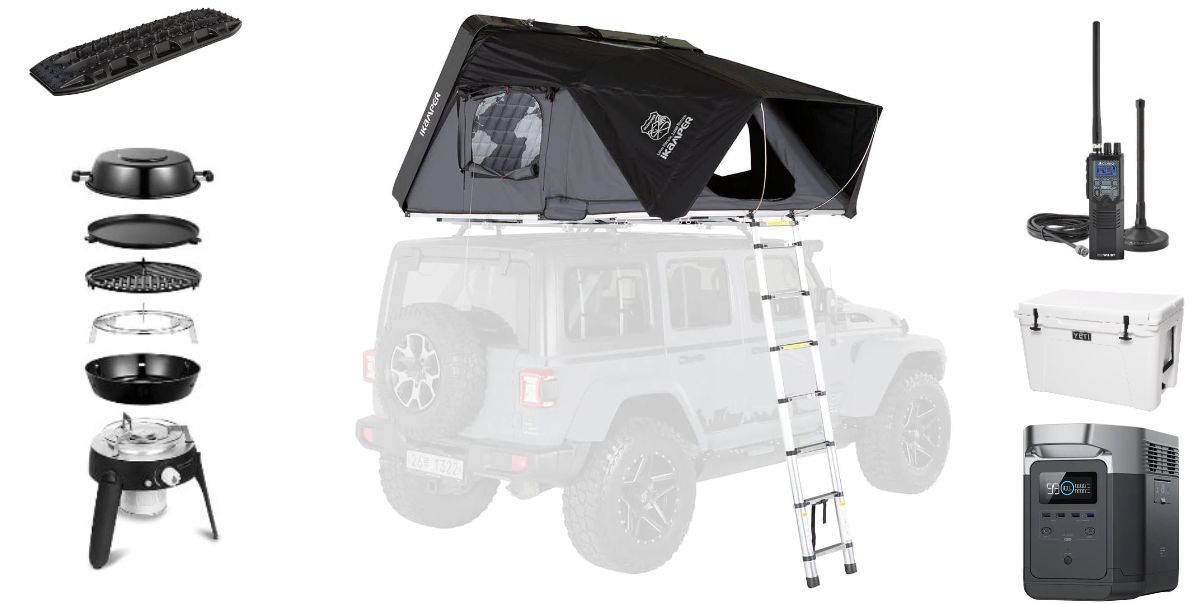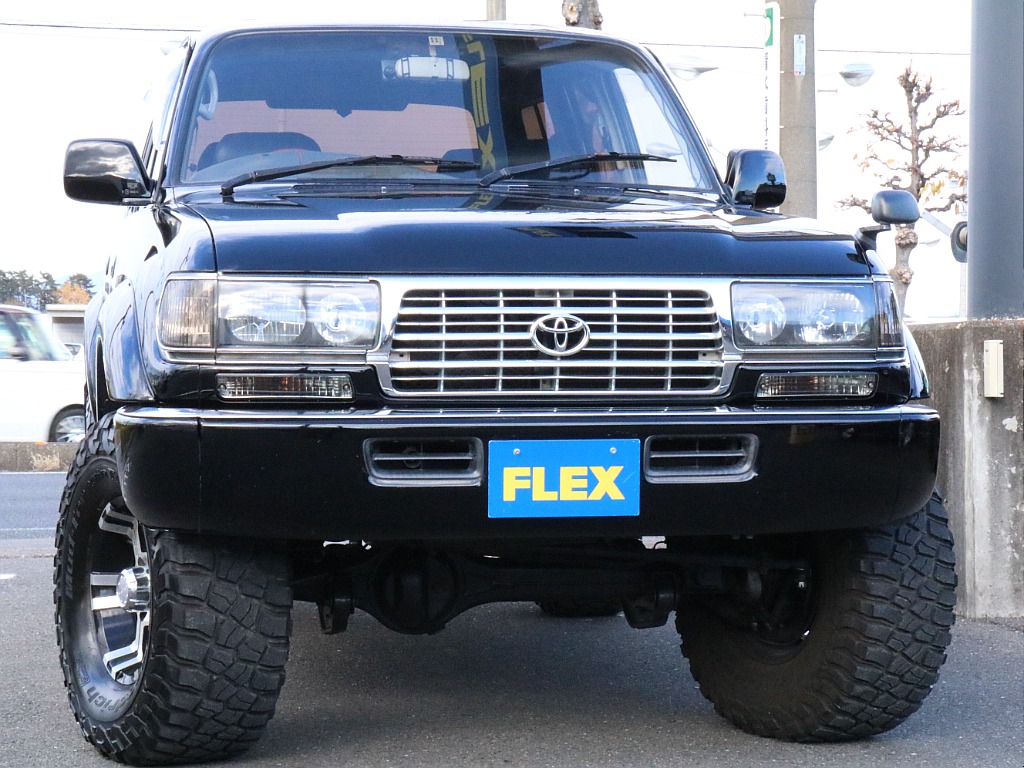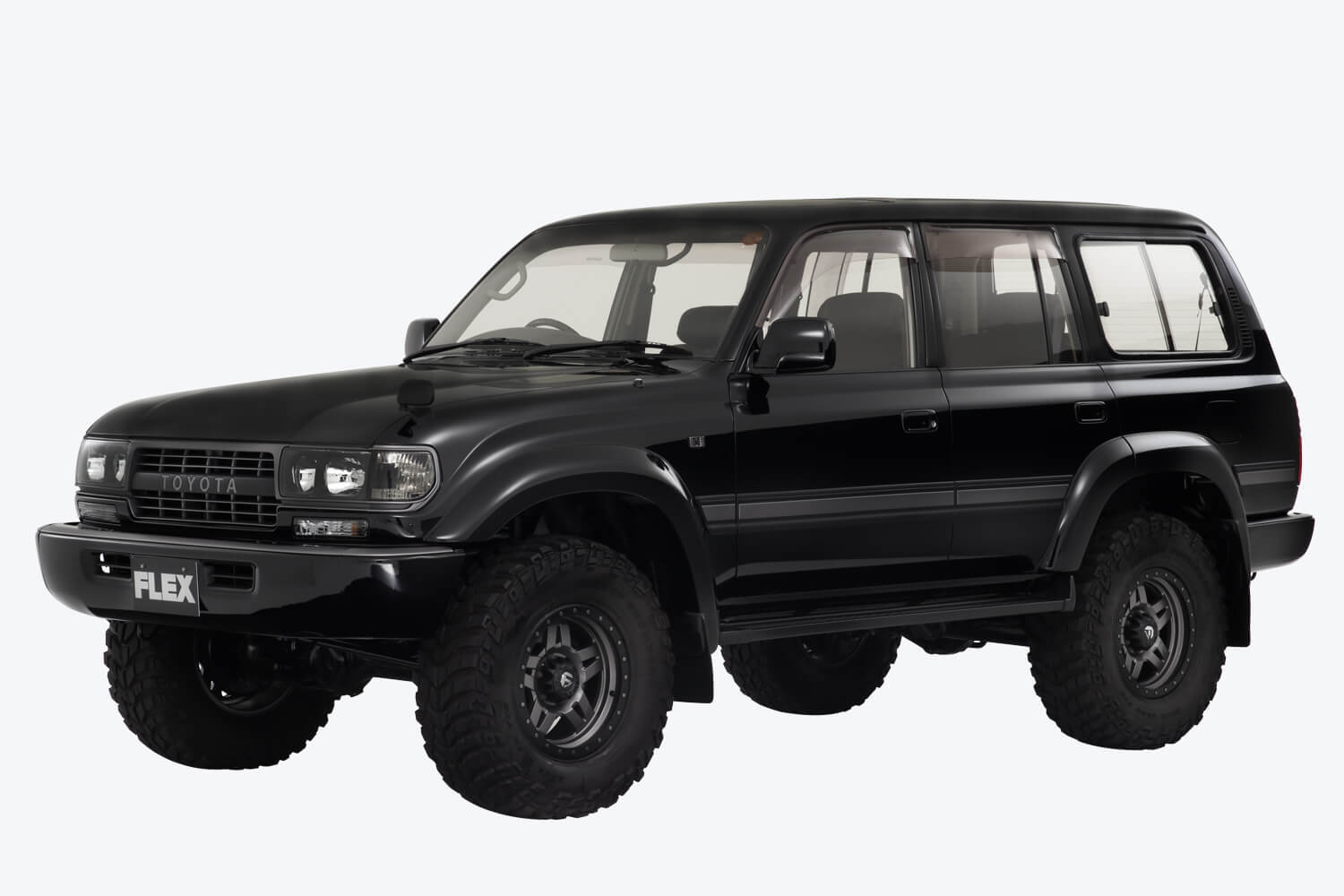About the Land Cruiser 80 Series
The Toyota Land Cruiser 80 Series rolled off the production line in 1990 and continued until it was replaced in 1997 by the Land Cruiser 100. During those years, considered the best Land Cruiser years ever, the public’s interest in 4WD vehicles grew internationally. Here is an overview of the life history of Land Cruiser 80 Series. The Land Cruiser 80 Series was at the forefront of the turn to off-roading as a fun-filled adventure.
Why Lift an 80 Series?
Off-road enthusiasts look at challenges differently than most people. Where the general public might see a 5-foot tall pile of rocks, the 4WD owner sees a challenge that must be conquered. That’s why one of the first things an off-roader does is figure out how to go to higher elevations, leading them to look toward lift kits.
Determining Lift Height: How Much is My 80 Series Land Cruiser Lifted?
While the 80 Series can take on rough terrain right off the assembly line, lifting the suspension can improve its off-road abilities. Increasing the lift is rather easy because it is equipped with coil springs. You’ll find lift kits anywhere from 0” to 4” containing all the necessary upgrades to complete the job. There are suspension setups for over 4 inches, but you’ll need to modify the suspension, which means other parts outside the kits.
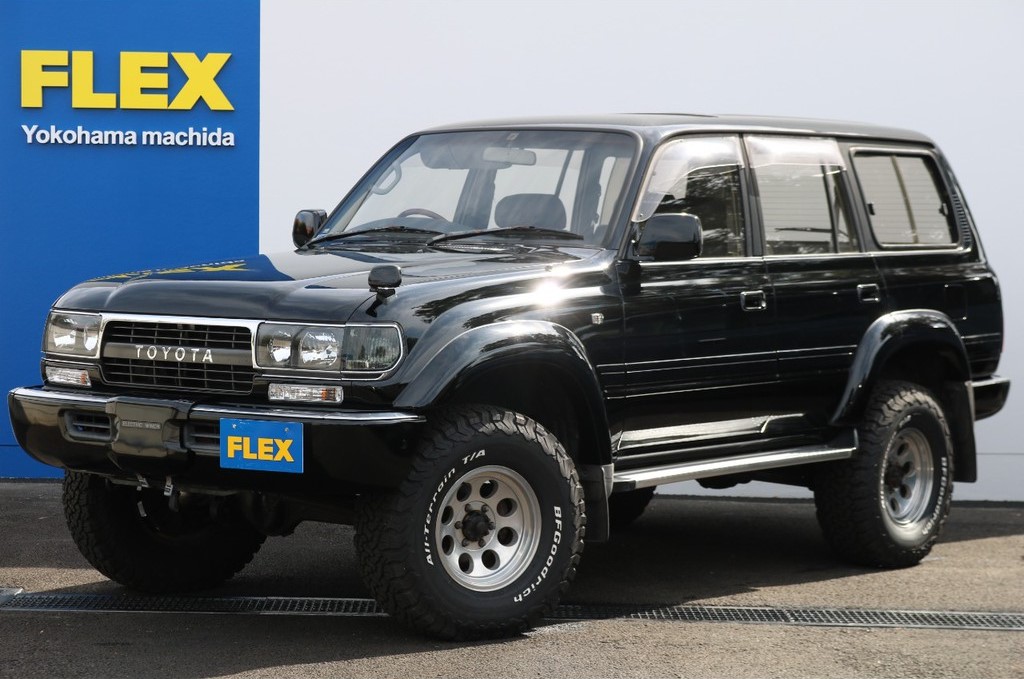
Land Cruiser 80 4.5 VX Limited 4WD lifted by 3 inches by FLEX in Japan
Measure Your Current Lift Height
If you purchased a used LC80, you may not know its height. Knowing the height can make a difference in where you can drive, which is good information to know. You may decide to lift your SUV even higher because you want to tackle bigger hills and climb over rocks.
Determining the current lift height of your 80 Series is done by comparing the current stance to the factory height specs. The difference is the lift height.
Start by getting the factory specs. You’ll find this in your manual or by contacting Toyota.
Most off-roaders measure from the center of the axle hub to the bottom of the fender flare while the vehicle sits on a flat, level surface. Measure all four sides. Stock springs are normally in the 20-inch range. If yours measures 23 inches, you have three inches of lift.
You must consider how worn your old shocks are and any modifications made to the fender flares or other body mods.
This is an approximation of height with lifts:
- Stock – Front 520mm/20 inches – Rear 525mm/20 inches
- 2-inch Lift – Front 560mm/22 inches – Rear 570mm/22 inches
- 4-inch Lift – Front 645mm/25 inches – Rear 670mm/26 inches
- 6-inch Lift – Front 690mm/27 inches – Rear 725mm/29 inches
DIY Lifting: How to Lift Your 80 Series Land Cruiser
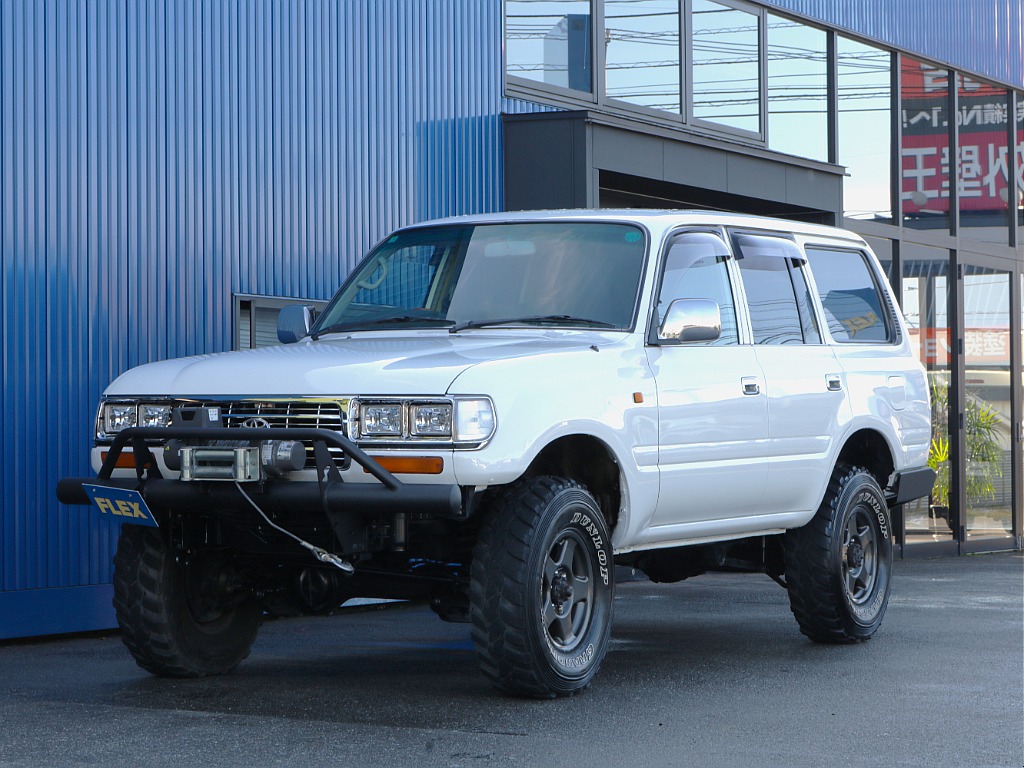
Land Cruiser 80 4.2 GX 4WD turbo at FLEX in Japan
Once you know your 80’s height, you can determine how much lift you want based on your driving preferences.
Mild overlanding while still using your SUV as a daily driver would work with a lift of 1-2 inches and slightly larger tires. This small lift won’t impact your handling and will improve its looks.
Moderate off-roading would benefit from a 2-3 inch lift for conquering a rougher terrain yet maintaining a decent road ride.
Extreme off-roading means lifts of 4 inches or more, which means you’ll be doing more modifications to the rest of the LC80 to maintain safety and vehicle integrity.
A Step-by-Step Guide to Lifting Your 80 Series Land Cruiser
Once you’ve determined your driving goals: terrain, tire size, use case, and budget, you must choose the right lift kit.
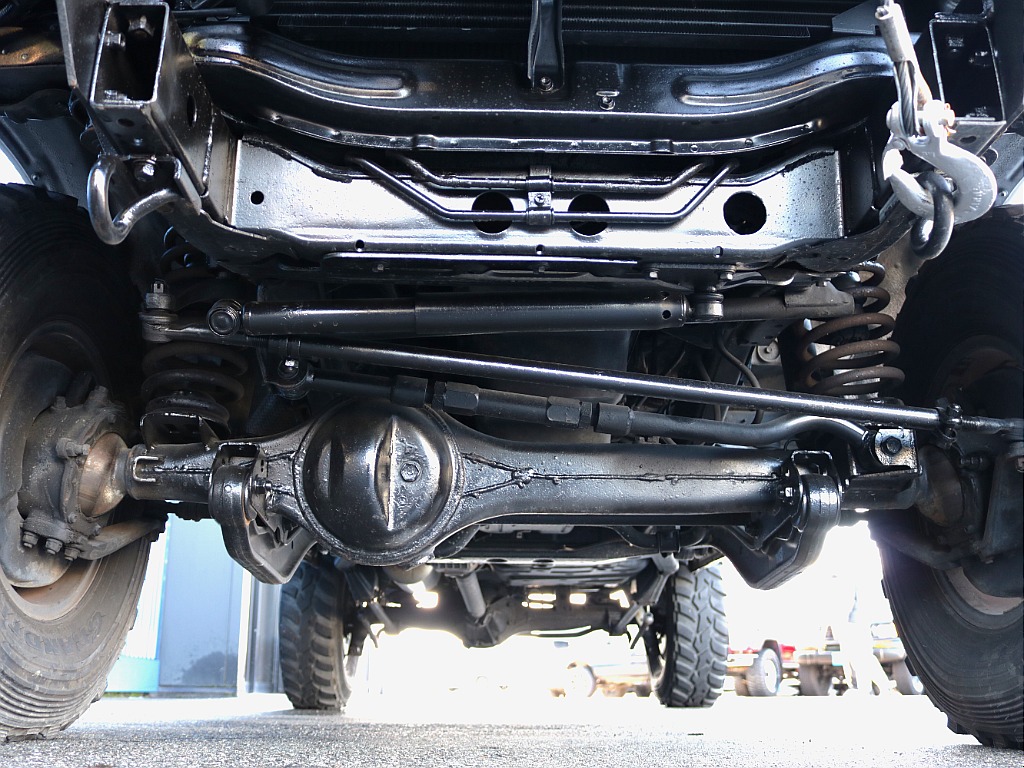
Suspension Lift Kit
This tool is ideal for off-roading as it provides increased ground clearance and improved suspension.
Body Lift Kit
It’s a cheaper and simpler way to increase height without any alteration to the suspension. It works well for larger tires.
Leveling Kit
This kit levels the front to the back, slightly raising the vehicle’s front. Here are the examples of the commonly used tools.
- Hand tools – wrenches, sockets, screwdrivers, etc.
- Jack and jack stand
- Torque wrench
- Spring compressors for suspension lifts
How to Lift Your 80 Series Land Cruiser
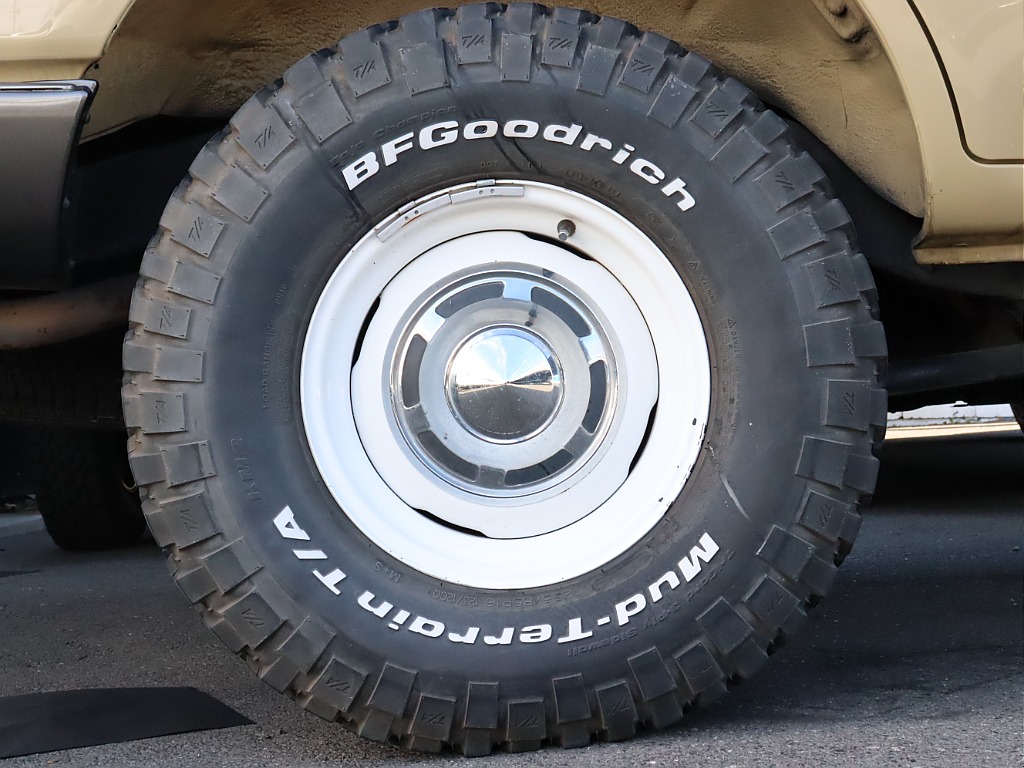
Preparing the 80 Series:
- Park on a level, stable surface
- Use the jack to lift the vehicle and secure it to the jack stands
- Take the wheels off so you can reach the suspension components
Lift Kit Installation:
Front Suspension
Start here and remove the old shocks and springs. If you’re installing a suspension lift, use the spring compressors to remove the coil springs safely. Install the new springs and shocks provided in your kit.
Rear Suspension
Follow the same process for the rear. You may need to replace or adjust these components if you have leaf springs.
Body Lift (if applicable)
Install the body lift spacers between the body and the frame at the mounting points, following the kit’s instructions.
Leveling Kit (if applicable)
Install the spacers above the front suspension’s coil springs or adjust the torsion bars, depending on your kit.
Reassemble and Safety Check
- Reattach the wheels and lower the vehicle.
- Go over all the nuts and bolts to ensure everything is tight.
- Check your wheel alignment.
Post Installation
Test drive on a safe, closed course to ensure everything works properly. Listen for noises and be aware of any vibrations.
Inspect all of the fittings again after you’ve done your test drive.
Align and adjust your wheels by getting a professional wheel alignment done. Make sure your steering and headlights are all where they need to be.
Essential Parts for Lifting: Recommendations for 80 Series Land Cruiser
There are certain parts and components needed to get the lift you want.
Here are our recommendations for lifting your 80 Series Land Cruiser with a focus on quality, reliability, and performance:
What’s included in Kits
The 80 Series performs well with a 2 to 3-inch lift. Most basic lift kits include lift blocks, strut spacers, and coil springs. Some kits include replacement control and trailing arms. Additional changes may need to be made to the drive shaft length, the brake lines, and the steering.
Necessary Components
1. Suspension Lift Kits
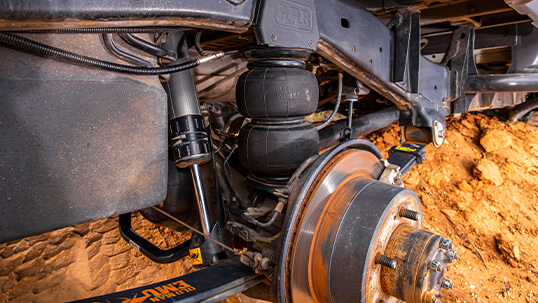
Photo by arb.com.au
A high-quality suspension lift kit is crucial. It typically includes springs, shocks, and sometimes additional components like bushings and control arms. Recommendations include:
Old Man Emu (OME) is known for its high-quality springs and shocks. They offer kits that provide excellent ride quality and durability.
Dobinsons offers a range of lift heights and spring rates to match different loads and uses, providing flexibility in customization.
Ironman 4×4 is known for their comprehensive kits. They offer solutions that cater to varying degrees of off-road use and load-carrying requirements.
2. Shock Absorbers
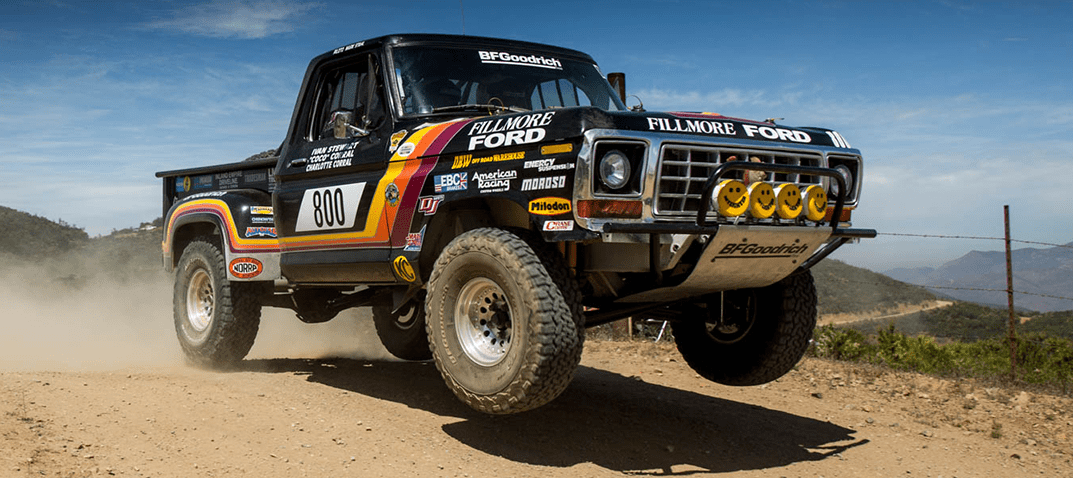
Photo by bilstein.com
Quality shock absorbers are vital for maintaining ride comfort and handling. Considerations include:
Bilstein offers excellent shock absorbers that provide improved ride quality over a wide range of terrains.
FOX is known for their adjustable shocks. Their products allow for custom tuning of the ride characteristics.
3. Coil Springs and Leaf Springs

Photo by efs4wd.com.au
Upgraded springs are essential for the lift and can significantly affect the vehicle’s handling and load capacity.
King Springs offers heavy-duty springs that can accommodate additional weight while providing a lift.
EFS provides springs designed for both comfort and performance, suitable for heavy-duty applications.
4. Extended Brake Lines
Lifting your vehicle can stretch the brake lines; longer, aftermarket brake lines may be necessary to ensure safety.
Goodridge offers high-quality stainless steel braided brake lines for extended durability and improved braking performance.
5. Panhard Rods
Adjustable Panhard rods help maintain proper axle alignment after a lift, critical for handling and tire wear.
SuperPro offers durable, adjustable Panhard rods that provide precise axle positioning.
6. Steering Damper

Photo by toughdogdealer.com.au
An upgraded steering damper can improve steering feel and control, especially on rough terrains.
Tough Dog provides steering dampers that help reduce steering wobble and improve overall stability.
7. Sway Bar Links
Extended sway bar links are often needed to accommodate the increased distance between the sway bars and their mounting points on the chassis.
Whiteline is known for its performance-oriented sway bars and links. It offers improved handling and stability.
8. Tire and Wheel Selection
With a lift, you’ll likely want larger tires. Ensure your tires and wheels are compatible with your lift height and vehicle specifications.
BF Goodrich All-Terrain T/A KO2 is a popular choice for off-roading, balancing off-road capability and on-road manners.
Mickey Thompson offers a range of off-road tires that excel in various conditions.
General Recommendations
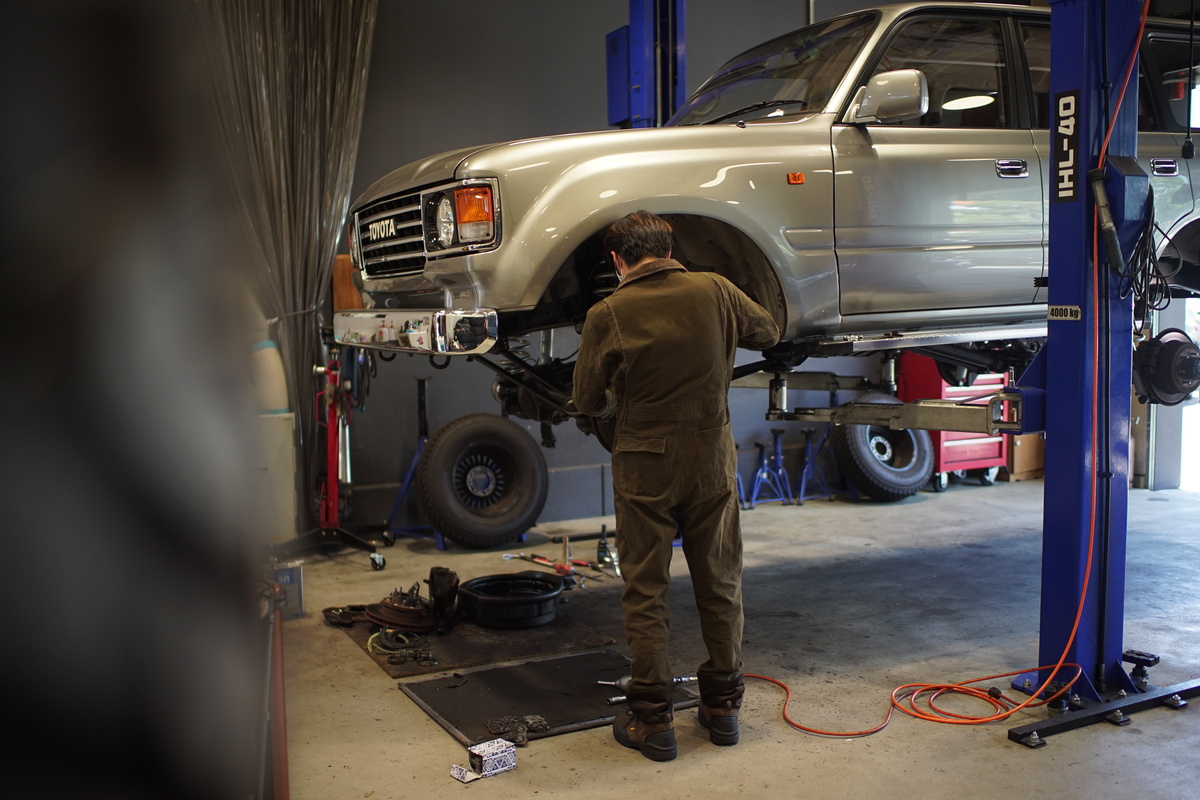
A mechanic at FLEX Automotive working on a Toyota Land Cruiser
Professional Installation
Consider professional installation, especially if you’re not experienced with vehicle modifications.
Alignment and Tuning
A professional alignment is crucial after installing a lift kit. Consider fine-tuning your suspension setup to match your specific needs and driving conditions.
Regular Maintenance
Regularly check and maintain your lifted vehicle’s suspension components to ensure longevity and safety.
Flex’s Showcase: Modified and Lifted 80 Series Land Cruisers
Since FLEX specializes in modifications, we have extensive experience creating 4WD powerhouses for on- and off-road use. Our staff works with you to deliver a Land Cruiser that meets your expectations and driving desires.
Available Now
A Gallery of Stylishly Lifted 80 Series Land Cruisers
As you can see, we pay attention to detail when we create a lifted Land Cruiser like these 80 Series SUVs.
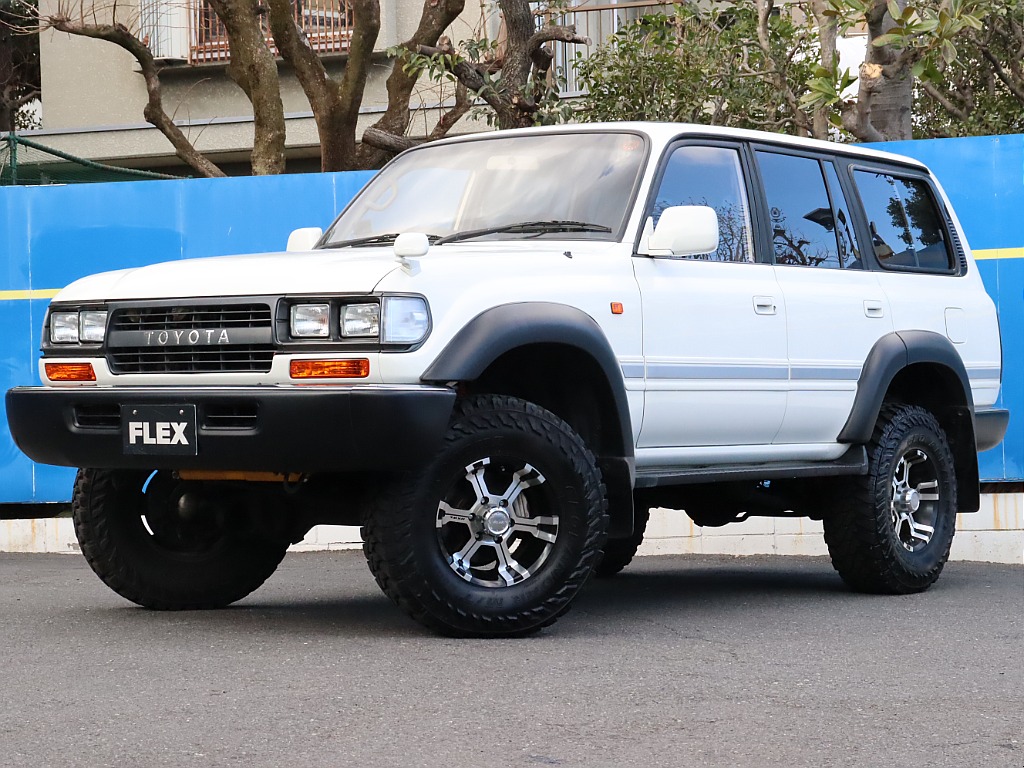
Land Cruiser 80 4.5 VX Limited 4WD

Land Cruiser 80 4.5 VX Limited 4WD
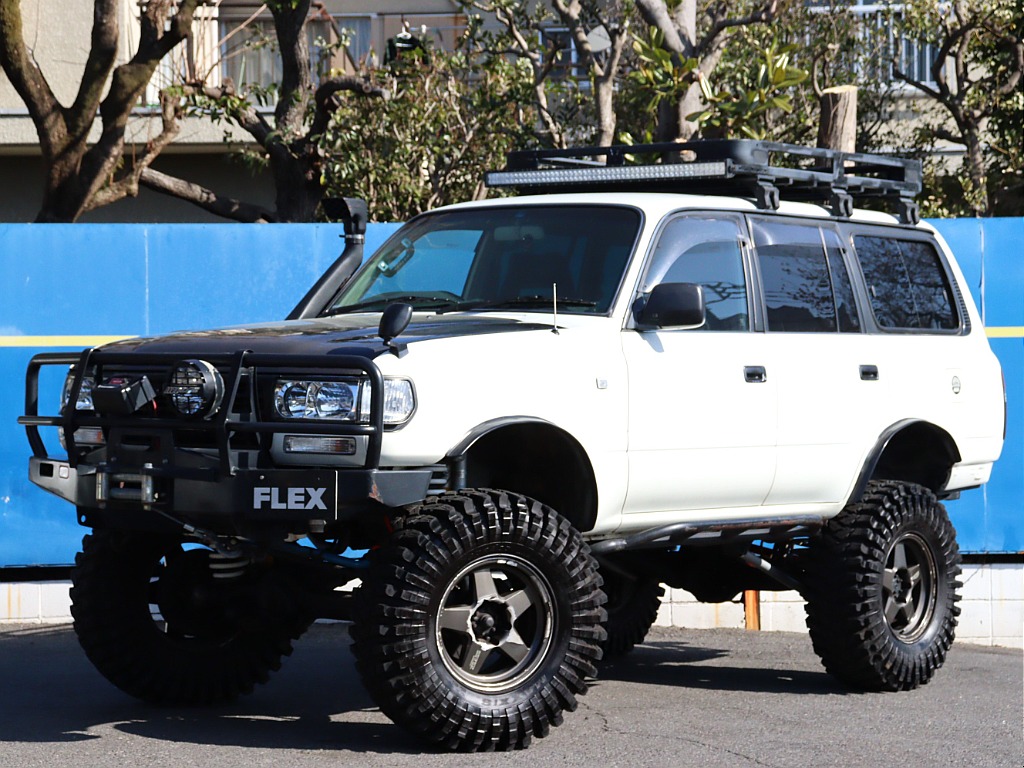
Land Cruiser 80 4.5 GX 4WD
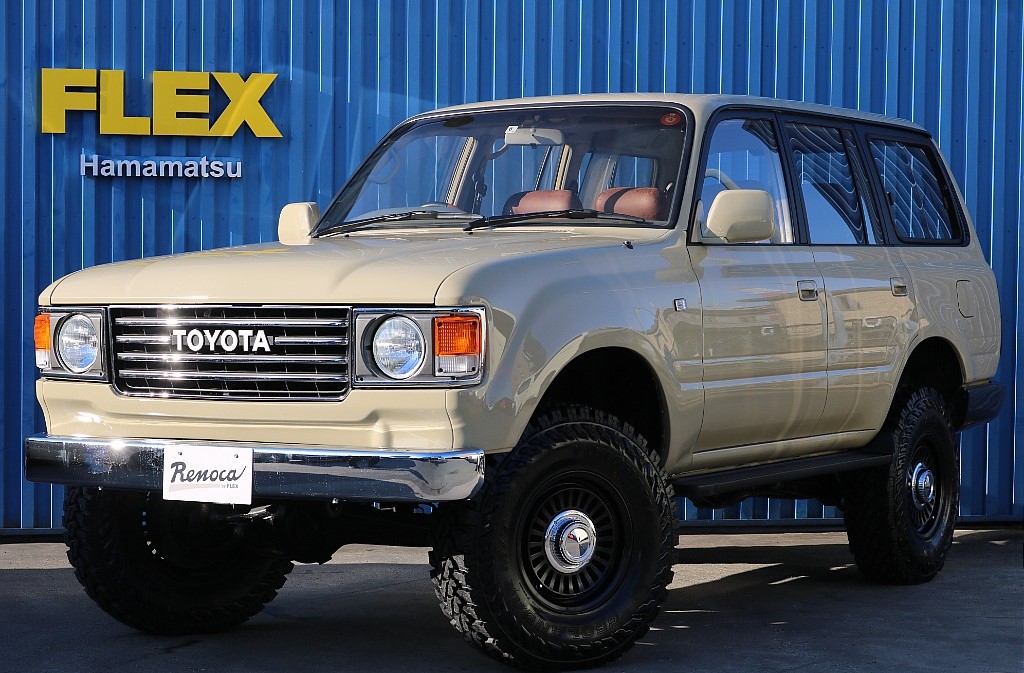
Renoca Wonder by FLEX Automotive based on a Land Cruiser 80 4.5 VX Limited 4WD
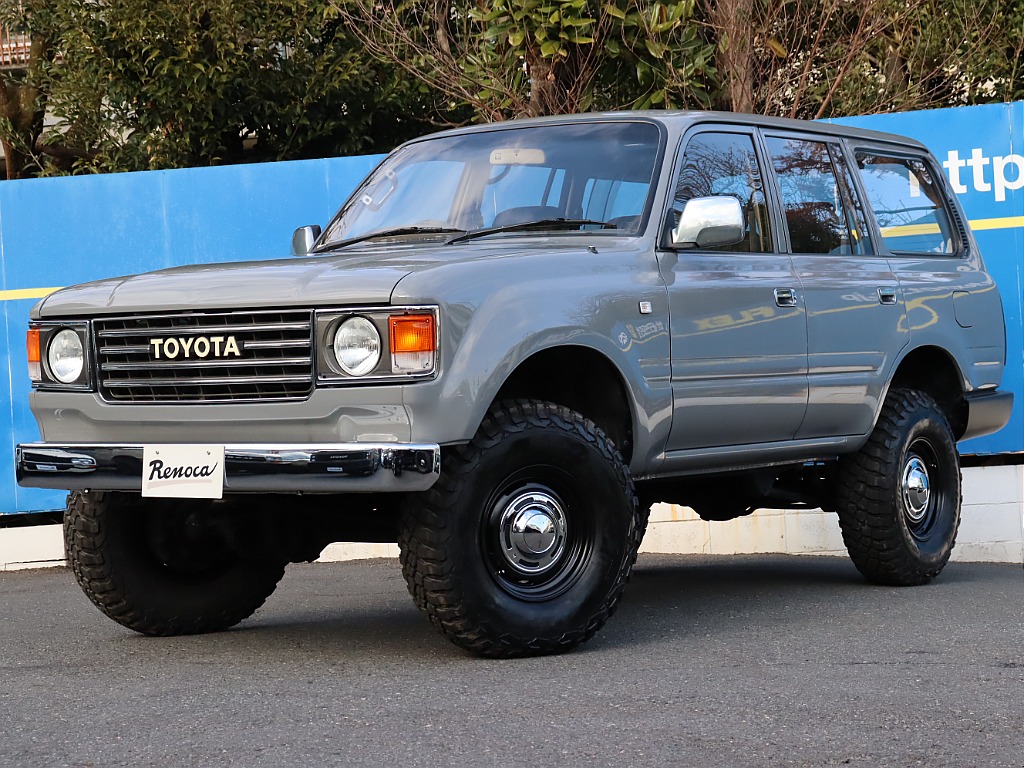
Renoca Wonder by FLEX based on Land Cruiser 80 4.5 VX Limited 4WD
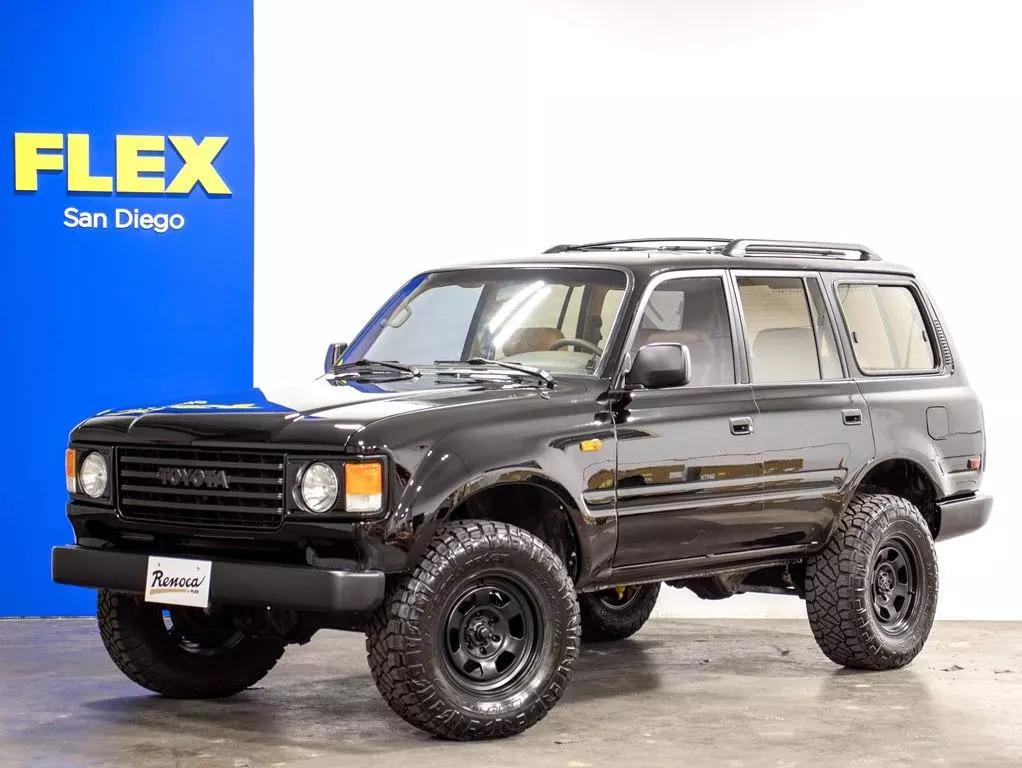
Renoca Wonder by FLEX Automotive based on a 1996 Toyota Land Cruiser Sport Utility 4D
Why Choose FLEX for Your Land Cruiser Lifting Needs?
In addition to our years of experience in modifying Land Cruisers to meet extreme conditions, we have access to the best parts and a large supply of Land Cruisers from Japan’s largest Land Cruiser dealership. We not only work to help you realize your 4WD ambitions by suggesting parts but also assist you in finding the right vehicle to put the parts on.
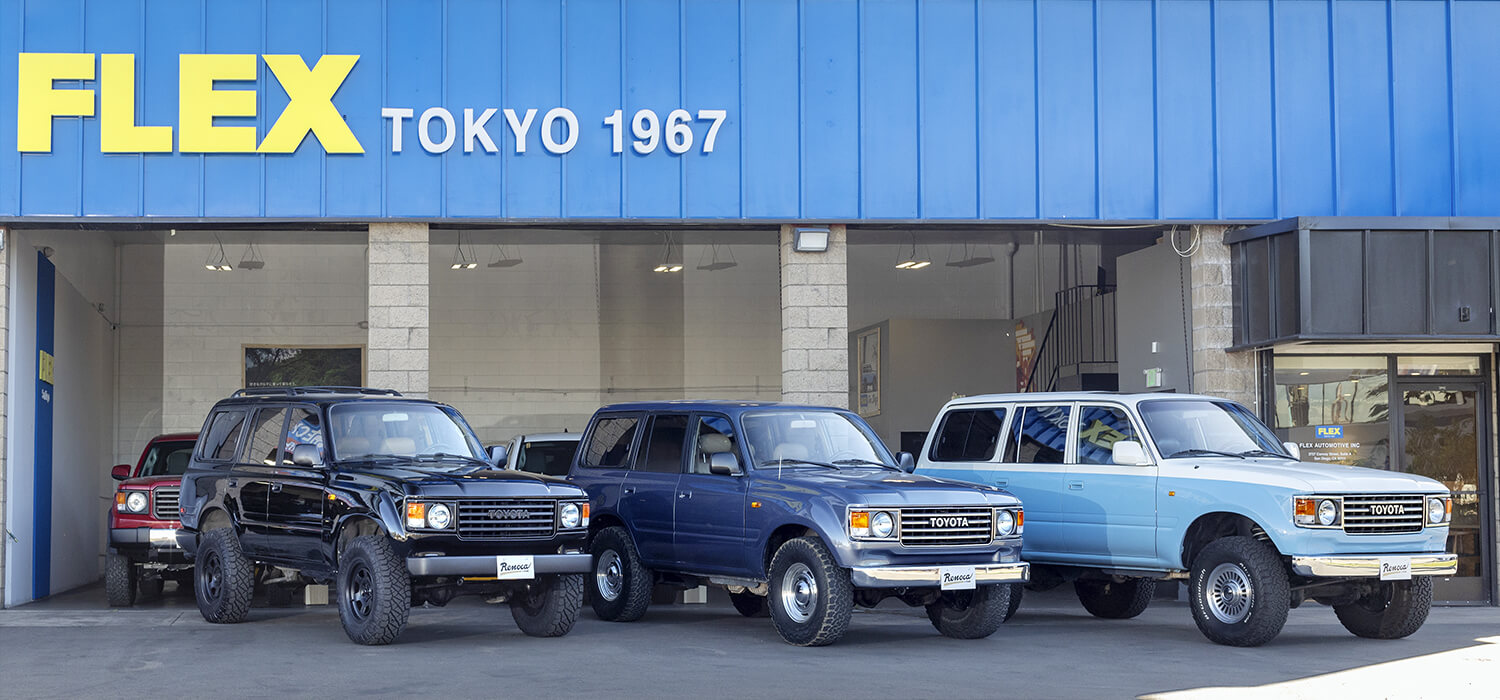
The FLEX Commitment
FLEX’s commitment to customer satisfaction goes beyond the first phone call. We’re with you every step of the way as we design your new Land Cruiser. Whether you’re creating a Renoca (renovated car) from scratch or looking through our inventory, we’ll ensure that you get personal service. We’ve been in business since 1967, so you know that nothing leaves our factory unless it meets our rigid safety and performance standards. Then we look it over again.
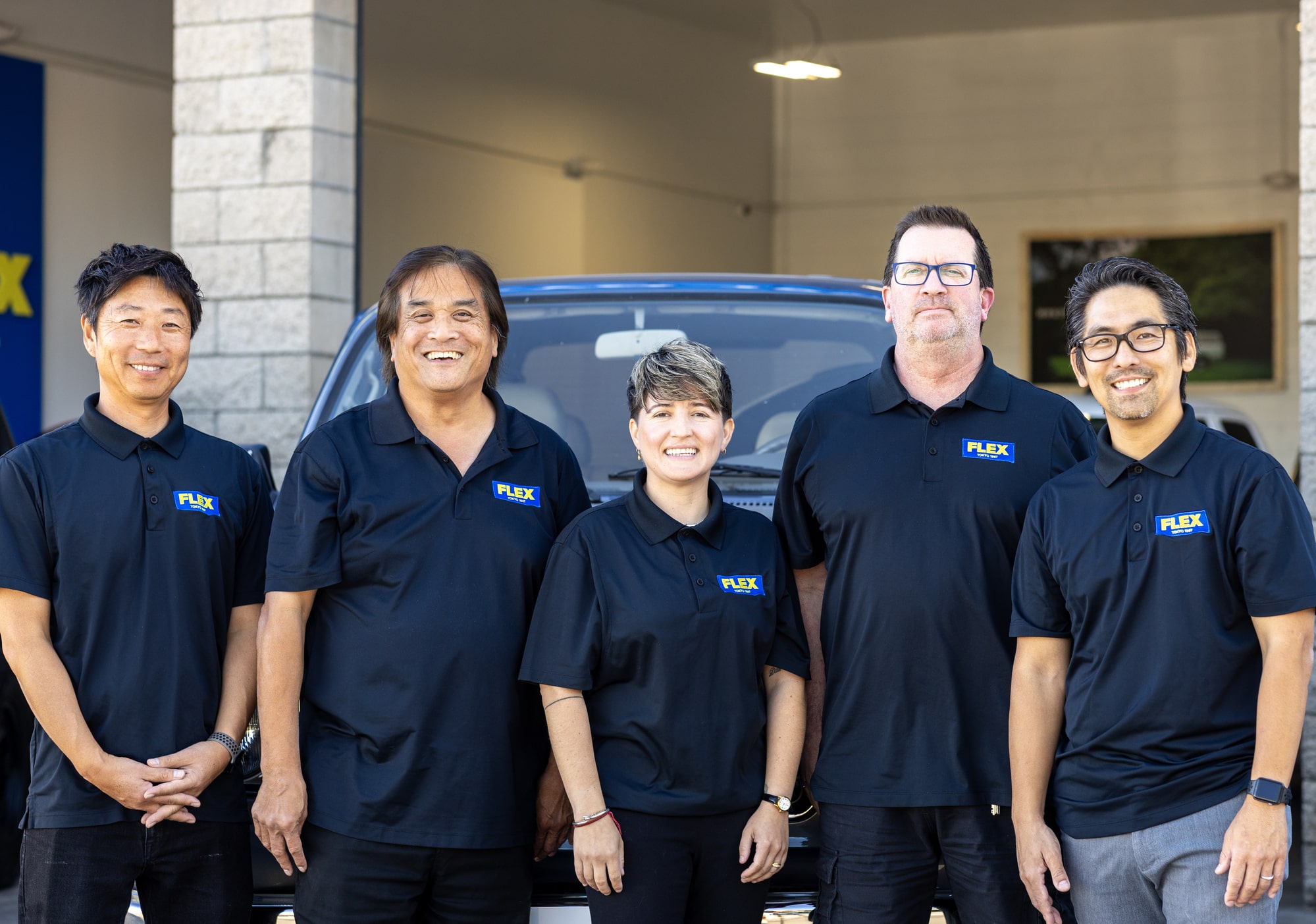
Conclusion
No matter how much you want to lift your Land Cruiser 80 Series, these tips should give you an idea of which parts you need, which companies make quality parts, and what other modifications you may need to make on your LC80.
Summary
When deciding on your lift, know your current height and how much higher you want to go based on your wants and needs. From there, choose the right kit for the job and compare brands. Whether you want to do the lift yourself or hire someone, don’t forget to consider tires, brake lines, and other suspension parts that may not be part of your kit. Never skimp on maintenance after the fact, and you can join the club of 80 Series owners clocking over 300,000 miles on your odometer.
Flex is Ready to Customize for You
At FLEX Automotive, our staff is ready to help you get the most from your Land Cruiser 80 Series (or any other Toyota 4WD) and put you on the road to great adventures. With our extensive experience and expertise, there isn’t a question we can’t help you with. We are more than happy to get you started on your lift or even the purchase of a new FLEX Renoca.
Buy Style Seamlessly at FLEX
When you buy your Land Cruiser through us, you get access to a huge selection of inventory from Japan’s largest Land Cruiser dealership. We can do extensive searches to find the year and model you want, and we’ll start work on your custom Land Cruiser. The overlanding thrills begin here, so contact us today.
Need help with lifting?
Leave it to us! FLEX Automotive is the leading brand for Land Cruiser customizations.


